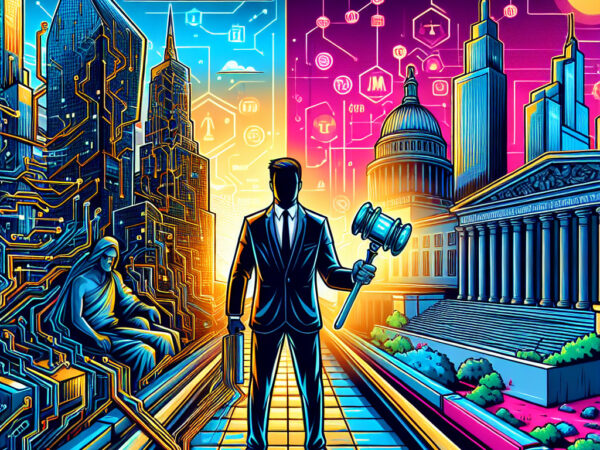Unlock Faster Grid Access for AI and Crypto Mining Boom

In the ever-evolving landscape of digital innovation, two industries are capturing the spotlight—cryptocurrency mining and artificial intelligence (AI). As these sectors grow, their demand for power has skyrocketed, propelling a significant shift in how we think about energy access. Recently, discussions have emerged around potential regulatory changes that could streamline how crypto and AI entities connect to the power grid, promising faster and more efficient energy solutions.
The conversation has been notably driven by influential voices like S. Matthew Schultz, the CEO of CleanSpark, a prominent player in the Bitcoin mining industry. Schultz highlighted the potential changes that might soon allow facilities engaged in Bitcoin mining and data processing to access power more swiftly. Simplifying and speeding up the process of grid connectivity could be a game-changer, he suggests, particularly for operations that rely heavily on a consistent and ample energy supply.
This idea stems from a deeper issue within the technology sector: the essential need for electricity. As digital advancements continue to accelerate, so too does the energy consumption associated with them. Cryptocurrency mining, for example, involves solving complex mathematical puzzles—a process that demands significant computational power and, consequently, vast amounts of electricity. Similarly, AI technologies require extensive processing power to learn and adapt, further amplifying the demand for energy.
Examining the broader implications of faster grid access reveals both opportunities and challenges. On one hand, enabling quicker connectivity to the grid could significantly boost operational efficiency for companies by reducing downtime and operational delays. Faster access means that businesses could potentially scale operations quickly, improving profitability and innovation pace.
On the other hand, an increased power draw raises questions about sustainability and energy resource management. Critics often point out that as these industries continue to expand, they could contribute to overall energy shortages or increased environmental impacts. Thus, any proposed changes to grid access must also consider the integration of renewable energy sources or efficiency mechanisms as part of their strategy.
The discussion around direct grid access also brings into focus the need for coordinated efforts between the tech industry and energy sector regulators. Effective collaboration could pave the way for technological advancements that don’t compromise environmental sustainability. By establishing clear guidelines and expedited processes, governments could facilitate a more balanced and mutually beneficial relationship between these high-demand sectors and traditional energy infrastructures.
In an era where technology shapes the backbone of economic growth, recalibrating energy strategies seems not only prudent but necessary. For companies delving deep into the realms of crypto mining and AI, gaining faster access to power could mark a new chapter of innovation and growth. Yet, with great power comes great responsibility—balancing technological advancements with sustainable practices will be crucial in navigating this new frontier.
As we watch these developments unfold, it provokes a larger question about the future of energy in the digital age. Will our power infrastructures adapt quickly enough to meet the demands of burgeoning tech industries, or will we encounter roadblocks that require even more innovative solutions? The answers may not be clear-cut, but the dialogue has begun, opening doors to thoughtful consideration and strategic planning for a balanced future.













